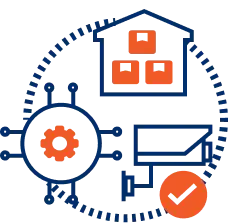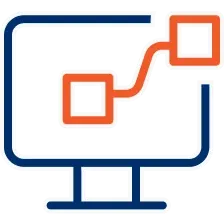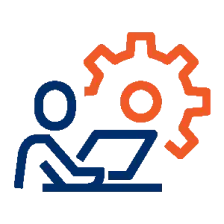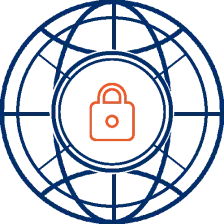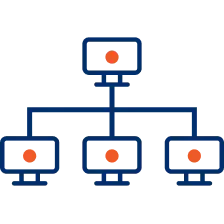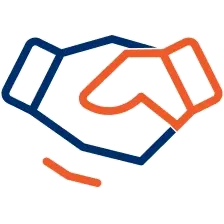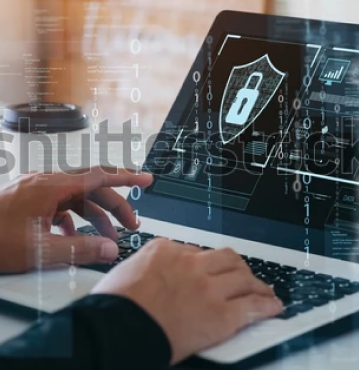WHO WE ARE
Foxguard designs, assembles, and integrates innovative, compliant cybersecurity and custom industrial computing solutions for industrial control systems (ICS) in mission-critical operations.
We serve OEM’s and Enterprise customers in critical infrastructure sectors including energy, nuclear, transportation, critical manufacturing, and the Defense Industrial Base. Foxguard is a wholly owned subsidiary of Framatome, Inc. and the global Framatome cybersecurity solution line.
OUR SOLUTION
Cybersecurity
Foxguard offers patch management and programmatic cybersecurity solutions for industrial control systems in critical infrastructure sectors. We specialize in operational technology (OT) environments.
OUR SOLUTION
Industrial computing
Foxguard offers unrivaled industrial computing products with exceptional customer service. We leverage more than 40 years of innovative, reliable, and trusted experience to engineer industrial computers and integrated rack solutions.
We bring your vision to life to meet the needs of your application and its environment. Our experienced technical team will design, collaborate, and build your solution to meet lead time, budget, and quality standards.
Our Knowledge Center
Resources you will find interesting
News & Events
OUR CLIENTS SAY IT THE BEST

